
Five Islands of Denmark.
Last updated: Friday June 24th, 2022
Report this blog
Introduction.
Some of the smarter amongst you readers may have noticed my deliberate mistake in the last episode. I stated that Portugal was my seventh blog in the series. It wasn't. It was actually the eighth. I had forgotten about this blog. Although none of you mentioned it, so I think I may have got away with it.
Anyway, on with the introduction for Denmark. Our first Nordic country, and one with territories that are considerably larger than the home nation. Although the Faroes and Greenland have their own governments they are an integral part of Denmark being constituent countries. In a similar sort of way that the United Kingdom's four constituent countries are governed. Because of this I have chosen three islands from Denmark itself, and one each from Greenland and the Faroe Islands.
In this blog there are some placenames that contain strange letters, if I inadvertently just type the name in English without the correct Scandinavian letter (I'm thinking of the "ø" mainly) then I apologise in advance. You may correct me in the comments and I will change the word accordingly.
So, onto the islands.......
Saltholm.
Saltholm is situated in the body of water that is called the Øresund. It is the strait between Denmark and Sweden. In fact the island lies in the shadow of the Øresund Bridge which was opened to traffic in the year 2000.

Humans have lived on Saltholm since at least the Middle Ages, and probably earlier, however the first official acknowledgement was in 1230. For centuries the island was used for quarrying limestone, providing most of the materials in the construction of many of Copenhagen's buildings. In fact, stone was still being quarried as late as 1935.
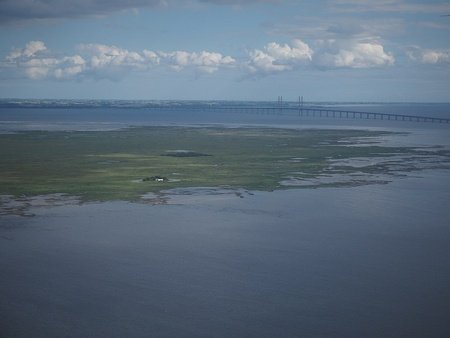
The island was used in the early 18th century as a quarantine station when Copenhagen suffered outbreaks of Cholera and the Plague. Travellers wishing to visit the city had to spend at least 40 days on the island.
Due to it's position in the Øresund, the island became strategically important during the First and Second World Wars. In 1912, the Danish government constructed a fort just north of Saltholm on an artificial island, equipping it with several artillery pieces. Despite their age they were seen as a deterrent at the start of the Second World War. The fort is now in private hands and holds concerts as well as being available for overnight stays.
In 1915, a British submarine, the HMS E13, ran aground on Saltholm due to a faulty compass. Just two days later, while crew were trying to free the vessel, it was attacked by two German destroyers. Fifteen submariners were killed before Danish naval vessels could divert the destroyers. The fallen were given official funerals by the Danes and the rest of the crew remained in Denmark until the end of the war.
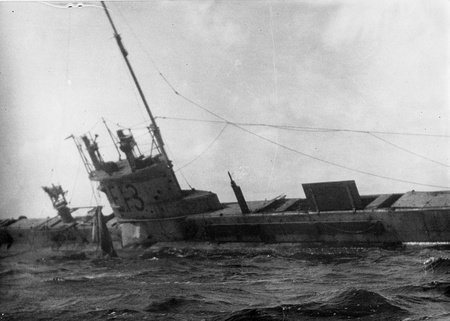
The island was for many years considered as the location for a new Copenhagen airport. The plans were approved in 1969, with completion scheduled for 1985. However, due initially to the 1973 oil crisis, and then environmental concerns, the plans were abandoned in 1979, and the island and surrounding area designated as a nature reserve by the European Union. When the nearby bridge was proposed, the plans were altered to protect the island's ecology by routing the construction away from the land.
The island is accessible by waterbus every Tuesday from Kastrup, but booking is essential as visitor numbers are strictly enforced due to the delicate nature of the island's environment. Alternatively, you can visit in your own private vessel.
The island has it's own website.
Anholt.
Anholt is a small island in the Kattegat, the body of water between Jutland and Sweden. As of 2021 there were 136 residents, mostly living in the western fifth of the island. The remaining eastern part is almost all raised seabed and sand dunes. This part is given the nickname of "The Desert".
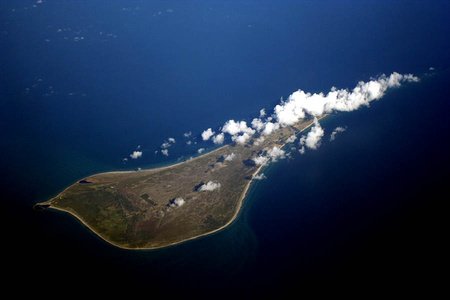
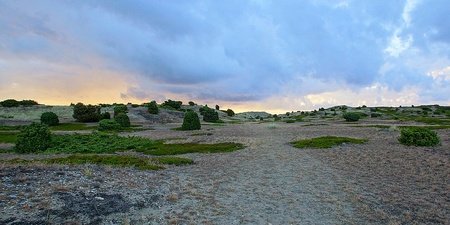
It is thought that the desert area was caused after the introduction of bascule lights in 1560, installed due to dangerous reefs around the island. Almost all of the trees on the island were felled to provide fuel. By the time coal was used in 1600 the damage was already done.
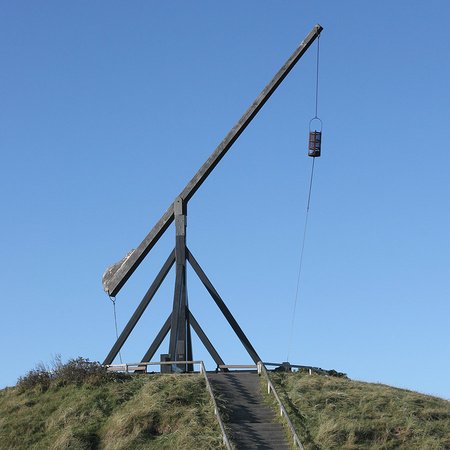
King Valdemar II is known to have had a hunting lodge on the island in 1231, and as such the island became Danish property. Most of Anholt is today owned by a Copenhagen Lawyer.
The island has been a strategic point during many wars. From the Napoleonic Wars, through the First World War, to the Second World War.
During the Gunboat Wars (part of the Napoleonic Wars) the island passed into the hands of the British following the wrecking of a gunship and consequent rescue mission. The island's inhabitants were treated by the British as Prisoners of War. A visitor to the island in 1940 heard local children reciting nursery rhymes taught to their ancestors many years previously.
Denmark remained neutral during WW1 and as such the island saw few incidents. However it was a different story during WW2 when there were several sinkings near to the island including the submarine U-534. This was rescued from the Kattegat and placed in a museum. Following the museum's closure the vessel was transfered to a museum in England.
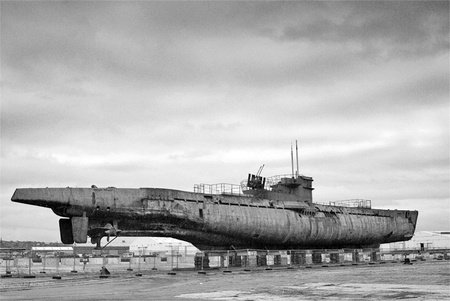
Anholt is accessible all year round via a ferry from Grenå on Jutland and takes around three hours. Although the ferry only runs daily, so accomodation on the island is recommended. You can also visit by air onto the grass landing strip on the island from Roskilde airport or from a flying club in Sweden.
The local tourist centre's website has lots of information about the island.
Læsø.
Also located in the Kattegat is the island of Læsø. It is mentioned many times in Norse mythology, in one poem there is a description of Thor's arrival on the island. The God reports that he was attacked by "berserk women" or "brides of berserks". There is also mention in various sagas.
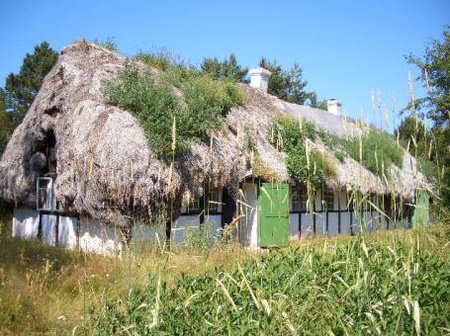
During the Middle Ages, the island was known for it's salt industry. But similarly to Anholt, the process of drying the salt in kilns used much of the wood on the island, therefore the island became deforested and sandstorms engulfed villages prompting the banning of salt extraction.
There was an argument between beekeepers on the island in 1993, after the government introduced a ban on keeping any other species of bee to protect the Brown Bee of Læsø. A legal battle over eight years ensued. The beekeepers arguing that the Brown Bee was unproductive and "not worth saving". They lost their case and a conservation area was introduced.
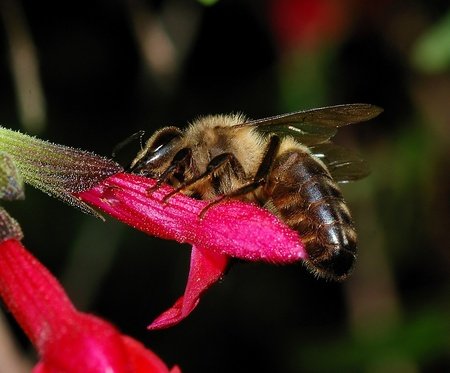
The island can be visited by ferry from Fredrikshaven.
The island has it's own website.
Hans Island.
Hans Island is an uninhabited island in the centre of the Kennedy Channel between Greenland and Canada. The border that runs down the channel disects the island.
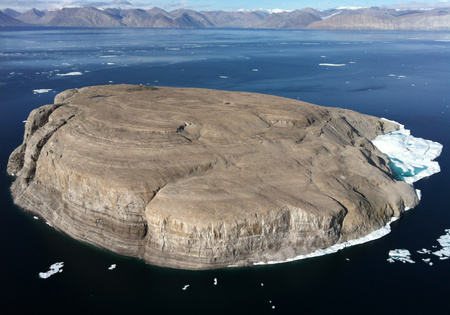

The island is named after Hans Hendrick, an Arctic explorer and translator that worked with British and American expeditions in the area. Although it is thought the island was on the Inuit hunting trails for centuries, it was only officially discovered in 1853. It isn't known if the Vikings that inhabited Greenland visited the island.
There is an ongoing dispute between Denmark and Canada over the ownership of the island. Both sides make claim to the territory and a Canadian Oil exploration company sent scientists to the island. Since 1972 there have been visits by members of the respective militaries to the island.
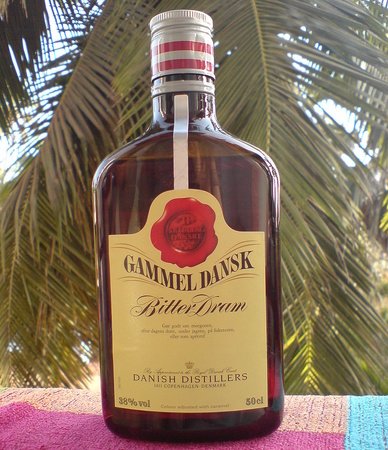
However, the dispute is conducted in a friendly manner. When the Danish forces visit they leave a Danish flag, a sign saying "Velkommen til den danske ø" which translated means "Welcome to the Danish Island" and a bottle of Gammel Dansk liqour. In return when Canadian forces visit they change the flag, erect a similar sign welcoming people to the Canadian island, and leave a bottle of Canadian Club whisky. The dispute has been tagged "The Whisky War"

Due to the islands remoteness, there is obviously no scheduled ferry service or even occasional trips. Any visit must be undertaken privately.
A report of a visit and a narrative of the dispute can be found here.
Mykines.
Mykines Island is the westernmost of the Faroe Islands. Technically it should be in the next timezone, however the island uses the same time as the rest of the archipelago. The only settlement on the island is also called Mykines. Current population is around ten or eleven permanent residents, declining from a high of 170 in 1940.
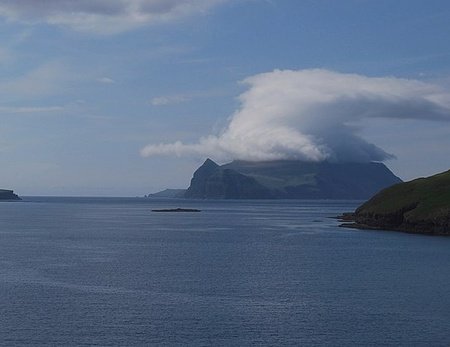
The island has a large seabird colony and is listed as an Important Bird Area. Nesting species include Puffins, Guillemots and Kittiwakes.
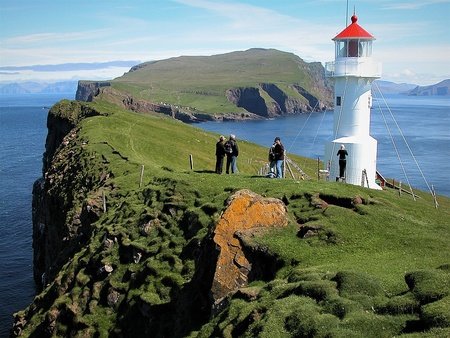

There were many shipwrecks around the island until the lighthouse was built in 1909. It was manned continously until it was automated in 1970. The largest loss of life came in 1595, when fifty boats were wrecked in a sudden storm. All the working men on the island were killed as a result of the storm. Other tragedies have occured with shepherds falling from cliffs and in a plane crash on the island in 1970.
The island can be reached several times a day via a ferry from Vagar, although there are no roads on the island. Locals get around by walking or on quad-bikes. The ferry does not sail in bad weather or in the winter.
A helicopter service runs all year round, weather permitting, also from Vagar.
The island's guide can be found here and an excellent photo album can be viewed here.
Summary.
So there we have Denmark's contribution to this blog series. A land of many islands, 406 in Denmark itself, 18 in the Faroes, and a countless number of islands around the coast of Greenland, some without name and some permanently covered by pack ice. It was difficult to pick just five, especially when there is a vast and interesting history on so many of them. Hopefully, I have given you, the reader, an insight into the Danish islands.
You may have noticed that this episode has taken a little longer to compile. I have been more busy at work, along with some personal issues at home, and this has meant I have been spending less time online. Until these issues are resolved, there may be a bit more time between now and my next blog. That being said, I have done some research towards the next issue in my Islands Series, so watch this space. Just don't watch too closely, it will be published when it is published.
Just as a teaser, I have done some basic research on Norway, Sweden, and the Baltic States. So I think it may be one of those. Or I may just go off on a tangent and jump to New Zealand or Mexico. Although that doesn't sound right to me. Wait and see.
Thats all for now, so as always Stay Safe everyone. See you soon !
Update
Following 17 years of negotiations, on the 11th of June 2022, Canada and Denmark have agreed to split Hans Island down the middle with each country having an equal half. This will create a land border between the two countries and bring an end to the "Whisky War". The border will become official as soon as both country's governments ratify the treaty.
A Blog by Geordy has been posted explaining the agreement.

Portugal nextwaiting for collabs about BRASIL, without saying anything@MiecraftMan....Now you're just being silly
In the words of the song from the film "Smokey and the Bandit"......We've a long way to go, and a short time to get there !